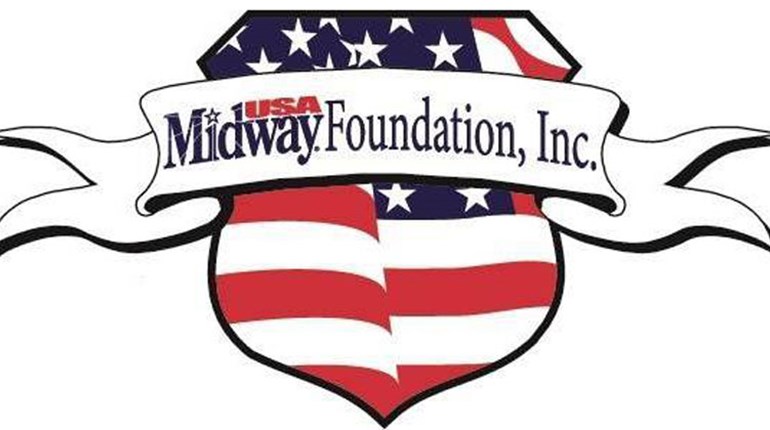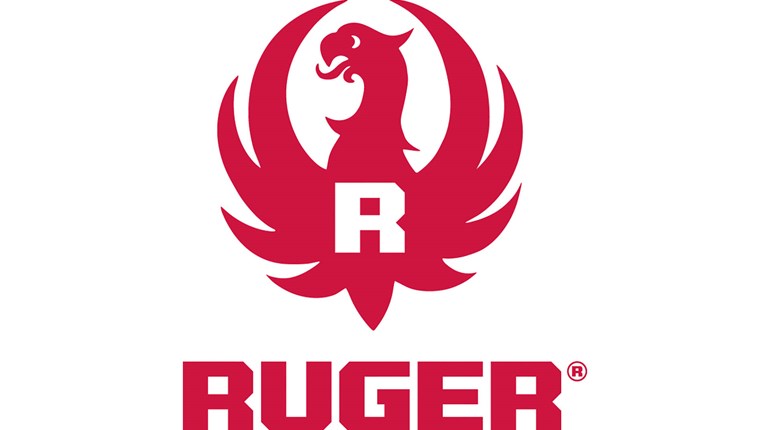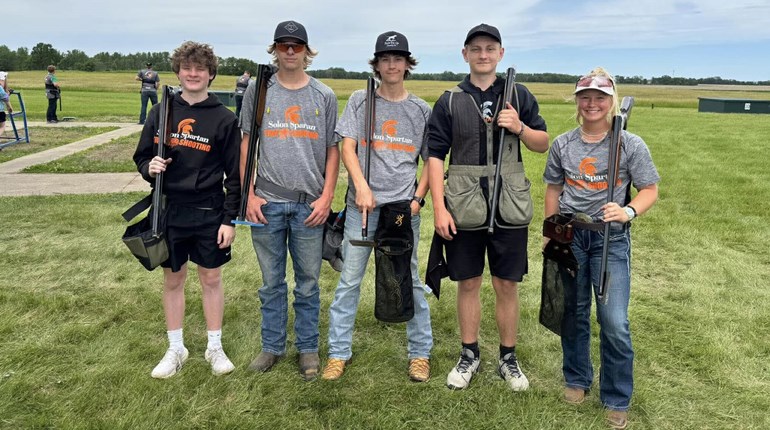
Among the downsides of a long steep in the mainstream media slough is the tendency to develop a hallucinogenic apprehension of firearms. But if you’d like to see that rosy unreality transmogrify into tantrum, we have a, well, trigger event to suggest: Start up your own mishap-free, shooting-based charity outing that supports major national charities. We just attended one in our area that is sponsored by a Fortune 100 company, and was held for the 11th time. And no, we won’t say whom precisely: We’re discrete about the charities and sponsor to protect them from the molestations of media.
If you think it through, you’ll realize this is relatively amazing stuff. Here’s an application of firearms that so clearly has nothing to do with violence and mayhem (like the vast majority of all uses, despite media harpy imputations to the contrary) that even in the big-corporate, ultra-careful, risk-averse, for-profit and not-for-profit worlds, there is support to be found for shooting. And quite a lot, as it happens: $20,000 and counting to those charities over the years.
Maybe, just maybe, it’s time to try it where you work? Here’s what to think about to get such a program off the ground: Even in the big-corporate, ultra-careful, risk-averse, for-profit and not-for-profit worlds, there is support to be found for shooting.
Event
Our hosts started out with a modified Steel Challenge course of fire, an all-but-prescient choice as it turns out. The ammunition burden is relatively light, and a huge variety of firearms can be used. Strings are cut from the official best four-out-of-five to best two-out-of-three, and coupled with shortening of some of the long shots, but scoring is identical—time plus penalties. In the SCSA world of “any clang is a hit,” it is fun for everybody: Experienced shooters can really blaze, while folks who may be pulling the trigger for the first time (there were a surprising number of these, we noted) have a forgiving target that provides instant and quite evidently pleasing feedback, and easy-to-understand courses of fire: “On the beep, raise your firearm from the start position and shoot five targets, the one on the orange stand last.”
A printed guide is distributed at registration prior to the event—including range commands, courses of fire, firearms handling and safety, and all are reviewed as part of the “Shooter’s Meeting” that kicks off the day. Wristbands are distributed as a final check for ROs at the stages—no band, no bullets!
Planning
If one thing made this happen, the “founders” tell us, it was planning on the front end, maybe even the front of the front end. To get buy off in their high scrutiny environment, they focused on the obvious—safety, safety, safety and safety. They mentioned something about safety, too. There are four main considerations here, the first of which was lots of carefully trained range officers (ROs). The first event, only nationally certified ROs (USPSA and the like) or NRA instructors were eligible to be stage “bosses,” and each had two assistants. They were broken into teams that always worked together, and attended separate, event-specific training. A field test was their last hurdle, including how to handle any emergencies.
Next was a simplification of gun handling—elimination of the draw. This meant cased transport for all firearms unless pre-certified for holster use. Any handling was therefore improper, and easy to spot and correct.
The third provision was the use of the now-common ammunition/gun handling “lock-out.” Ammunition and magazines could be handled at all times outside designated safety areas, and firearms, in turn, only when under a range officer’s command, under penalty of disqualification. Several events down the road from that beginning, Safety Area gun handling was reinstated. A field test was their last hurdle (for ROs), and it demonstrated a clear understanding of emergency procedures.
The last safety/planning element was starting the shooter from a barrel or table, and use of a clearly marked “index” for starting gun position; essentially, this was “rimfire or PCC start for all.” This gave new shooters adequate area to place their cased firearm and magazines, so there was no struggling with either, and a common setup at every stage. (Magazines were never supposed to be in the firearm case, but did occasionally occur early on; the third RO at each stage would manage this by escorting the shooter to the nearest safety area to separate them. This was cured with an explicit ruling—no magazine/firearm cohabitation.)
An arguable fifth element is prizes. Local vendors are often willing to provide gift certificates or similar items, occasionally as high as $100 in value. There’s no question this adds a lot of fun (even when randomly distributed), but also a great deal of work. Your call …
Facilities
While we’ve no doubt that an indoor analog would be possible, our hosts didn’t consider it in the early years because no appropriate facility was available. An outdoor match, at the time, was the only option. Two factors were a big help here—a generous prop “owner” who liked the idea, and a facility Board of Directors with a long history of supporting community service missions (like 4-H, etc.). It took some convincing in the latter case: Approval, even after review of the safety plan, was not unanimous that first year, though it has been ever since.
The hosting facility wisely requires a waiver, but donates the entrance/guest fee. Another piece of luck helps here: A board member who is also a medical professional donates time on match day, though senior ROs generally have their own medical kits and some emergency/trauma training too. (Any sort of injury or mishap brings shooting to a halt until a complete assessment can be made.)
Sponsorship
Oddly, the event got started without an influential sponsor—surely a rarity in corporate America, and particular considering the delicacy of anything concerning firearms. Absolutely crucial, however, was involvement in existing fundraising efforts for corporate giving: When the opportunity to “freshen” the events list appeared, a plan was ready. As an imponderable, this is a whopper; but a little planning and pre-recruiting of staff is certainly wise. Despite the success without one, a well-placed sponsor is a huge advantage.Despite the success without one, a well-placed sponsor is a huge advantage.
Loaner Firearms
Accommodating people who want to participate but don’t own a firearm is also a big hurdle. About 65 percent of attendees year in and year out have their own firearms (mostly handguns and rimfire rifle), but the remainder either don’t have something appropriate (a revolver with no provision for speedloaders, for instance), or are altogether new shooters. Members of the first group are generally paired with someone who volunteers to share their firearm (though not ammunition).
The second group is generally squadded together, and arrives at the match early. They receive group and individual instruction from an NRA-certified instructor, and then are “sheparded” through the match by that instructor—essentially, a fourth RO at every stage. As a result of this “everybody is welcome” policy, each match has had nearly 20 percent of attendees who are new shooters. Naturally, this part of the event requires extra attention: These shooters have without fail been very enthusiastic, but ROs have to watch for all the typical new-shooter mistakes (especially muzzle control/direction and finger/trigger issues).
There’s no guesswork about the effort to pull off an event like this—it’s a mammoth undertaking. But the satisfaction is even greater. Undeniable good causes get direct monetary benefits from the shooting community, and new shooters get an introduction to exercising this freedom that is second to none.
We resist the temptation to gloat over being a thorn in the side of Second Amendment naysayers, too. Or mostly.


































